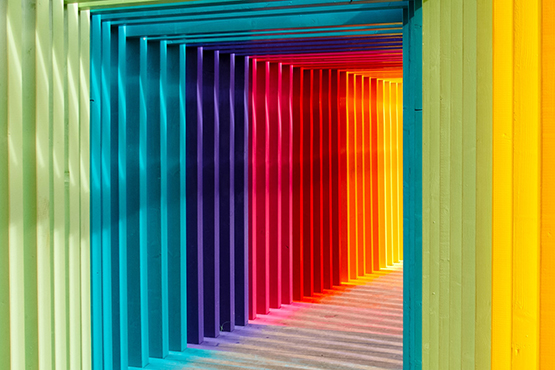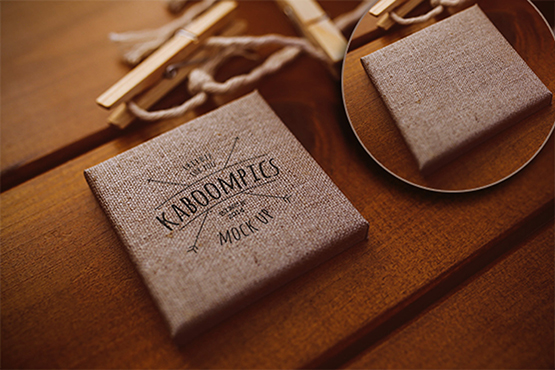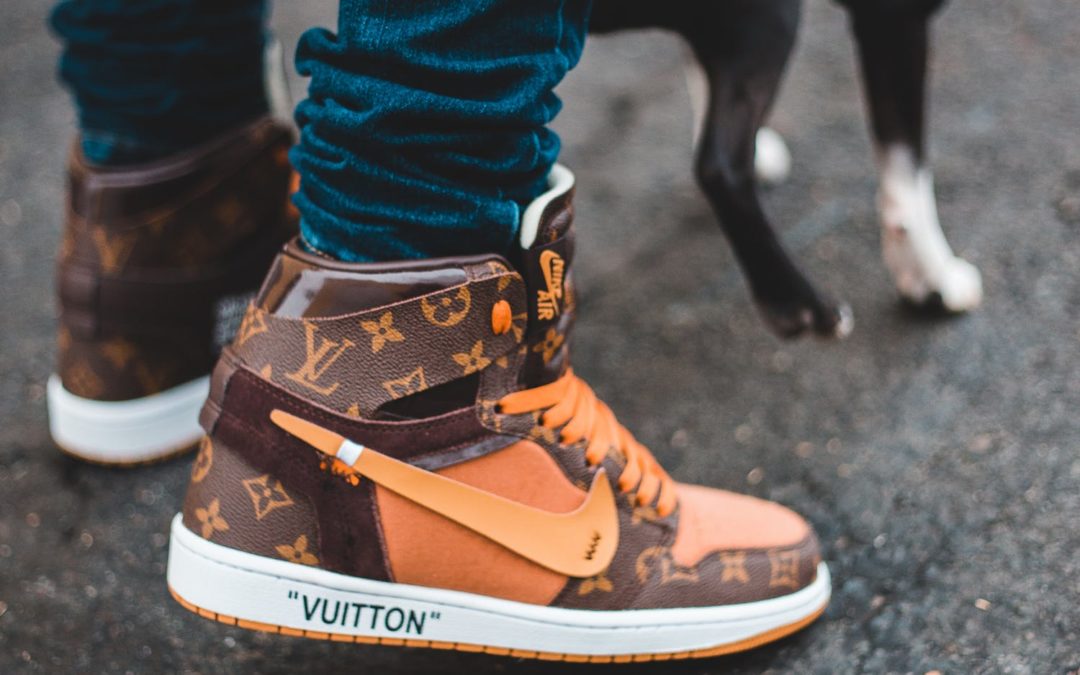Your logo is a powerful, visual element. Ideally, it creates instant recognition and makes people feel more connected to your brand. The colors you select may play a more important role in this than you realize. In fact, color can increase brand recognition by up to 80%. So, which colors should you pick? That depends. What are you selling, and who are you trying to sell it to? Also, what kind of emotions and actions are you trying to evoke?

This article will dig into the psychology of color in order to help you select the right color scheme for your target audience. If you select the right colors, you can create a logo that has more impact than if you had simply chosen colors according to your tastes.
How Does Color Impact Behavior and Emotion?
First, the way that we see and process visual data is complex. This includes colors. How we see color can be influenced by our culture, experiences, context, and socialization. It’s not as simple a matter as yellow is upbeat, and blue is relaxing. For example, white signifies purity and innocence in some cultures, but in others, it represents death and mourning. Perceptions of colors can change over time.

That’s why it’s important to take a thoughtful approach to this. Color selection is a complex topic, and it should be done with all of your branding goals taken into consideration. Don’t make these decisions based on simplistic interpretations of pop psychology.
There’s another reason to take this process slowly. You should consider your logo a permanent part of your branding. Yes, it may be possible to make changes in the future, but that’s a complex task. Many brands have tried at this and failed. To get started, let’s get a better understanding of color.
Seeing Color in Logos
When you look at an object, it may seem as if you perceive everything about it at once. You don’t consciously see color, then texture, then shape, then size, etc. In reality, though, you do process the various types of visual input differently. Color is the first thing that you see. That may be why it’s such an important factor in recall.
The Meaning of Colors
Here are some general ideas about the ways in which colors are perceived. Keep in mind that these can vary according to culture. If you find symbolism that will be relevant to your target audience, that’s great. Just keep factors such as internationalization in mind.
Yellow
Like most other colors, there are positive and negative associations. The positives are:
- Bright and Happy
- Springtime, flowers, warmth.
- Gold and good fortune.
The negatives include:
- Caution or warning
- Fear or cowardice
- Illness
- Envy or jealousy
Mcdonald’s uses gold and a bit of red in their logo. That’s not surprising considering that the brand’s entire visual identity is about making every interaction a happy one.
Purple
Historically, the color purple was only worn by the rich or royalty. It’s still a symbol of power and luxury. Purple also creates an aura of mystery and protection. There’s also a distinct, feminine feel. This is especially true with lighter or pinkish hues. In the United States and other Western cultures, it can also be associated with creativity and thought.
Lady Speed Stick, Hallmark, and Cadbury all have predominantly purple logos. These brands also market entirely or largely to women.
Red
Red is bold, fiery, intense, angry, romantic, dangerous, even hungry. At least that’s what the color can mean in some cultures. In Asian cultures, it can mean luck, fertility, joy, and prosperity.
ESPN and Virgin all have red logos. As a sports brand, ESPN reflects the intensity of competition in their logo. Much of Virgin’s branding is centered around the lifestyle of a known adventurer, Richard Branson.
Green
Because green is found so widely in nature, it only makes sense that people associate with the outdoors, spring, and renewal. It’s the color of choice for environmental organizations, efforts for peace, and brands that want to be associated with the concept of ‘natural’. Green also represents money, wealth, and in some cases, greed. It is also associated with luck and fortune.
John Deere and BP both use green in their logos. It’s easy to see why a company associated with farming would choose that color. BP changed to a green logo fairly recently in an effort to appeal to environmentally conscious consumers.
Blue
Blue is another color that is widely seen in nature. It appears in the sky and in the ocean. Because of that, people associate with tranquility and calm. It is also a cool color. Brands often use blue as a way to symbolize trustworthiness and stability.
IBM has even adopted the nickname, Big Blue. WebMD, PayPal, LinkedIn, and The Weather Channel all prominently feature the color blue as well. That’s not surprising since each brand strongly relies on trust and credibility. Oddly, blue can also symbolize a melancholy mood.
Orange
Orange can also be seen as bold, warm, and full of energy. People associate it with fall weather and fire. It’s also a harvest color. In eastern cultures, orange is associated with feasting, spirituality, even sacrifice. American’s also associate it with the Thanksgiving and Halloween holidays.
SoundCloud and Nickelodeon both use orange in their logos. As lifestyle and entertainment brands their designers may have wanted to exude feelings of energy and intensity.
White
We talked about white above. It’s connected with innocence and purity. There’s also an association with cleanliness which is why it’s used in medical settings. White Castle used white as a key color in its branding so that people would associate the restaurant with cleanliness. It’s also an important color in weddings in Western cultures. Finally, white can create positive and negative space for a stark, visually compelling look.
The cotton industries logo unsurprisingly features white. Not only is that the color of raw cotton, but it also shows cleanliness and purity that they want people to associate with cotton products.
Black
Black is quite unique. On one hand, it symbolizes elegance, wealth, and power. It can also be associated with darkness, smoke, and uncleanliness. In some Asian cultures, it is a color that is used to create balance.
Black is often a confident choice of brands that are very well-established. Gucci, Prada, and Nike have black logos.
Your Colors Must Have Context
Okay, so it’s clear that colors can have many, often conflicting meanings. How do you ensure the colors you choose are perceived as how you intend them to be? The answer is context. For example, the color green in a logo with the recycling symbol is going to leave a different impression than the color green with a leprechaun and pot of gold.
The color scheme you choose should also be relevant to your product. There are certain colors that are largely associated with specific purposes. Here are some examples of that:
- Pleasure: Pink, red, yellow, and purple are highly associated with pleasure. They work well with products of status and entertainment.
- Practicality: Red, black, gray, blue, and green are associated with products that solve a problem.
You can also play with this concept. For example, luxury furniture blurs the line between functional and status. You could possibly use colors from both categories.
The color you choose may have positive associations in one context, but not in another. Consider the color yellow. Use it in a logo with flowers and other nature symbols, and it seems bright and cheery. Now, imagine yellow as the primary color in a logo for a company that makes dentures. Most people don’t want to associate the color yellow with teeth!
Color Text and Typography
The best way to use color is to consider the text and typography that will accompany it. Font and tagline are key tools for adding that context that you need. Typography can really add to the overall aesthetic of your logo. Text, of course, makes it clear what your brand is about, and what your logo is communicating.
Final Thoughts
Think of color psychology as one of many tools. Use it to help you as you try to select logo colors for maximum impact. Then, take other factors into consideration such as your target audience, tagline, and other branding considerations. If you do these things, you should be able to find the ideal color combination for your brand.
Author Byline:
Estelle Liotard is a senior writer, blogger and editor at EssaySupply, a professional academic essay writers service. She writes high-quality essays on digital marketing, online sales and their related industries for some best custom dissertation writing services with the intent to share practical advice with likeminded readers. In her spare time, Estelle blogs and likes to stay informed about mass communication trends.




